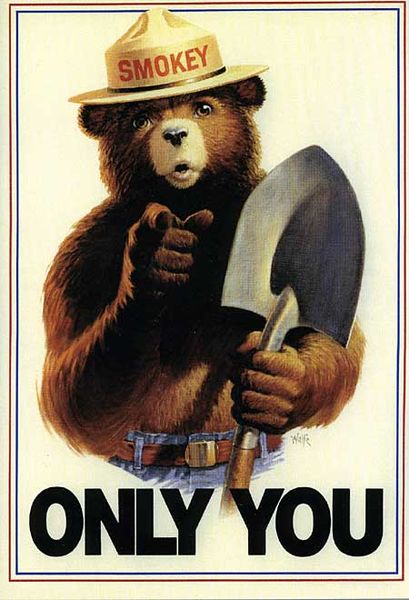I was walking down long corridors in a room big enough to hold three olympic swimming pools. If indeed there had been swimming pools sounds of laughter, happy frolicking and conversations would have filled the room. Instead the loudest sound was coming from the massive fans pumping stale cool air into the room.
As I continued to walk toward my meeting room I passed hundreds of cubicles occupied by one or two seated workers. No one was smiling and to my ears, conversation was non existent. Perhaps face to face communication was being sucked into the sound proofing and thick industrial carpet.
I sensed that I was walking through the shell of a huge dead reptile. I entered the meeting room hoping to find it filled with senior managers who wanted to recharge the company. People who remember what it was like to believe that they could change life for the better. People who understood that together they were unstoppable. In fact I was sadden but not surprised to see that only three tired executives were waiting in the room to start the meeting.
I asked if something had happened today that put such a damper on the workers? A senior executive said that a new program has been started by the CEO. The CEO worried that so many people were absent from their desks that productivity was dropping. The boss started putting stickers on the senior teams computers when they were absent. The stickers read: “Where are you?” or “Why aren’t you working?”.
This jolted the seniors to return to their desks. Now the new policy of “occupy your cubicle” was spreading through-out the company. Monitors were sent down the halls at different and unpredictable times each day. If workers weren't at their desk the monitor would mark the worker “NP” or not present. Three unsupported absents a week called for the worker to come before a review committee and defend themselves.
What happened to this once vital inventive company? Originally, the founders would get out of their offices and walk around having spontaneous conversations with workers. Curiosity and creativity ruled the day. Both workers and founders flourished in this rich environment. The company was an innovator producing many patents and contributing to human knowledge in the fields of entertainment, medicine and national defense. This was once a happy place where trust flowed up and down the the hierarchy and office politics were considered unwelcome, even absurd. What I discovered was that the company had hired a succession of failed CEO’s. Each more removed from the company’s original purpose. Simply put the company had lost it’s story.
To be continued….Next blog “Why Stories Matter”
Work on your story with Bob at his Elevate Your Elevator Pitch workshop on Saturday May 20th, 2017. Sign up here.











